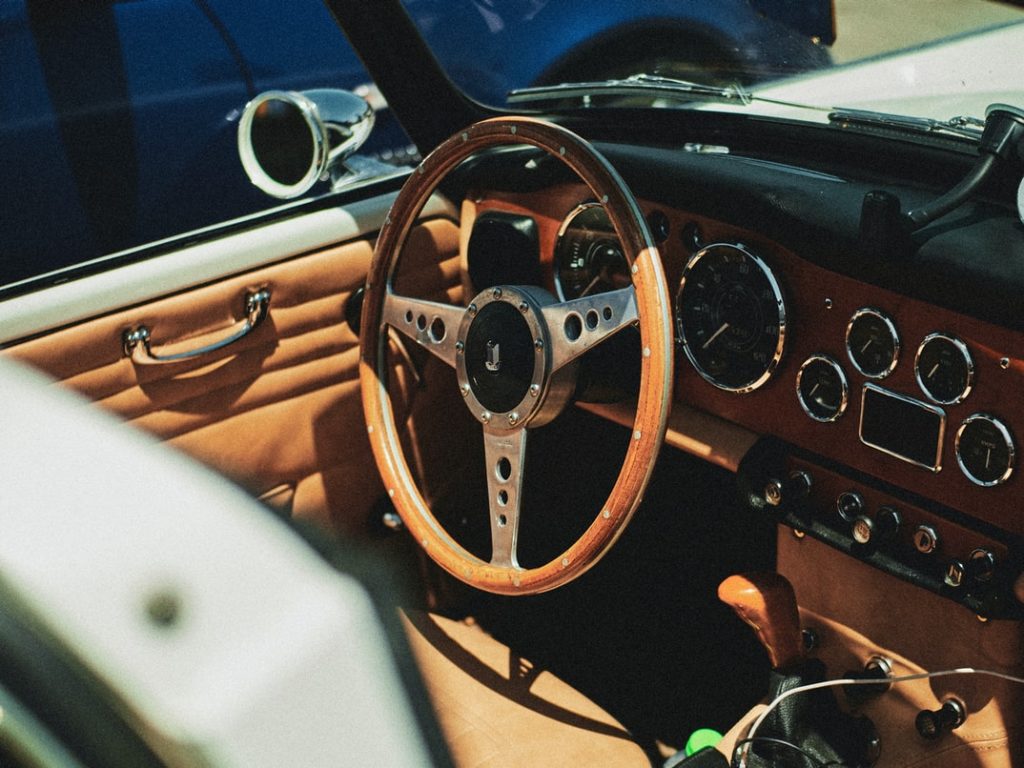Anyone who loves both cars and dividends has likely looked at classic car investment as life’s perfect Venn diagram. Buying and selling cars can be the money-making ride of a lifetime, or it can be a hobby that pays for itself. Regardless of whether you’re in it for profit or enjoyment, investing in a collectible car will always serve its purpose.
Aspiring collectors bite the lure of classic car ownership for their association with movies, nostalgia, and the American mythos. For potential car collectors, just seeing a 1953 Chevrolet Corvette, a 1945 VW Beetle, or other lead foot-worthy cars like these can tug on the heartstrings (and purse strings). Here are a few things you should know about this unique investment opportunity before you turn the green light on spending all your green.
Choose a car you like
Starting a classic car collection is easier than it seems. Before buying your first car, choose a make and model you like and research the years and values. Classic car auction sites and insurance sites can help you determine which models are the safest investments.
If you own a classic car that you love, your investment still matters to you if the value of the car drops. That personal connection still makes a car valuable, even if other collectors think otherwise (until the market rebounds).

Talk to other classic car collectors
Before you invest in your first car, take time to talk to other collectors. Many communities have car clubs where people gather to talk about their collections and to show them off. Go to the meetings and learn what it’s like to own a vintage or rare vehicle. Ask the investors to be brutally honest about the money involved in maintaining their collections.
Maintenance can be challenging
The newest factory-trained and certified automotive technicians know how to work on vehicles with computers and diagnostics systems. Classic cars predate the high-tech computers and engine components that new cars have. If you live in a small town, you might not have access to someone who knows how to work on an older vehicle.
Finding classic car parts is equally challenging. Most manufacturers do not make new parts for classic cars. Your options for parts are usually aftermarket companies or junkyards. Owning the vehicle and keeping it running can be just as much of a treasure hunt as finding it and buying it was.
Know what makes a car valuable
The classic car market is tough to predict. Some cars tend to be constantly valuable – like early Corvettes, Shelby Mustangs, Ferraris, and anything attached to a celebrity. Some autos might have value for a moment, then drop in price forever. Some never achieved what investors thought they would, like early Dodge Vipers or Cadillac Eldorados from the 1970s.
Consider the costs of ownership
You’ve got to pay for fuel, repairs, maintenance, and insurance when you own a car. Classic cars have the same issue, except everything costs more because everything is harder to find.
Because mileage matters on classic cars, you might want to ship your classic car to your home or off-site garage, especially if you purchased it far from home. So, your classic car expenses will include auto transportation and storage.
Wrap up
Good-looking vintage cars in top condition and a bit of rarity often make them valuable. Consider the vehicles that teens loved when you were in high school, then look for those cars to increase in value as your peers become older and have money to burn. Ideally, you can begin your car collection with your favorite auto, especially if you find it at a fair price. If you’re looking for an investment that ages like fine wine, there’s no better route than a classic car.
.


